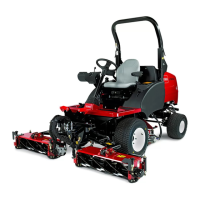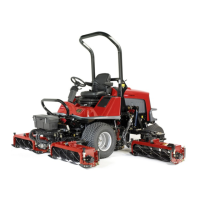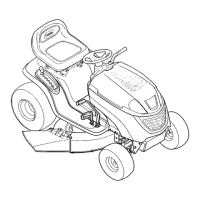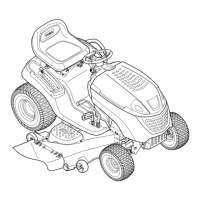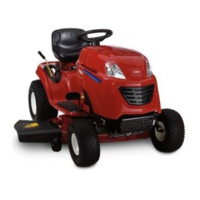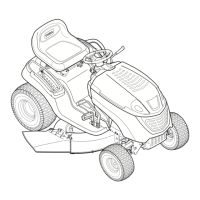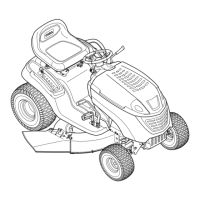Why does my Toro LT-F3000 vibrate so much?
- SsallyhawkinsSep 8, 2025
If the rotors on your Toro Lawn Mower are vibrating excessively, the blades might be loose, worn, missing, or damaged, and opposite blades need to be the same weight, so sharpen or replace the blades. Also, the rotor bearings might be worn, so replace them as necessary.




